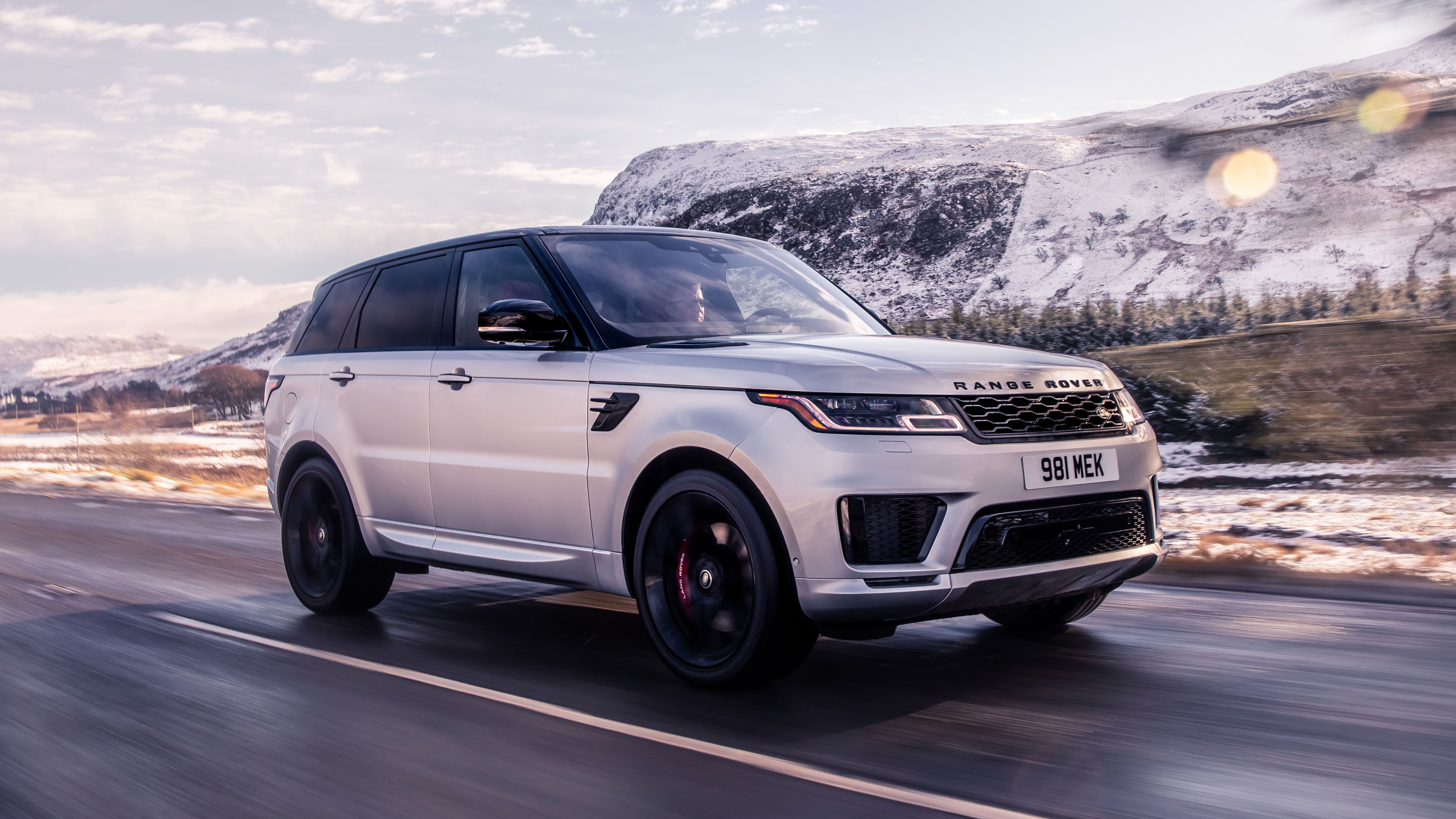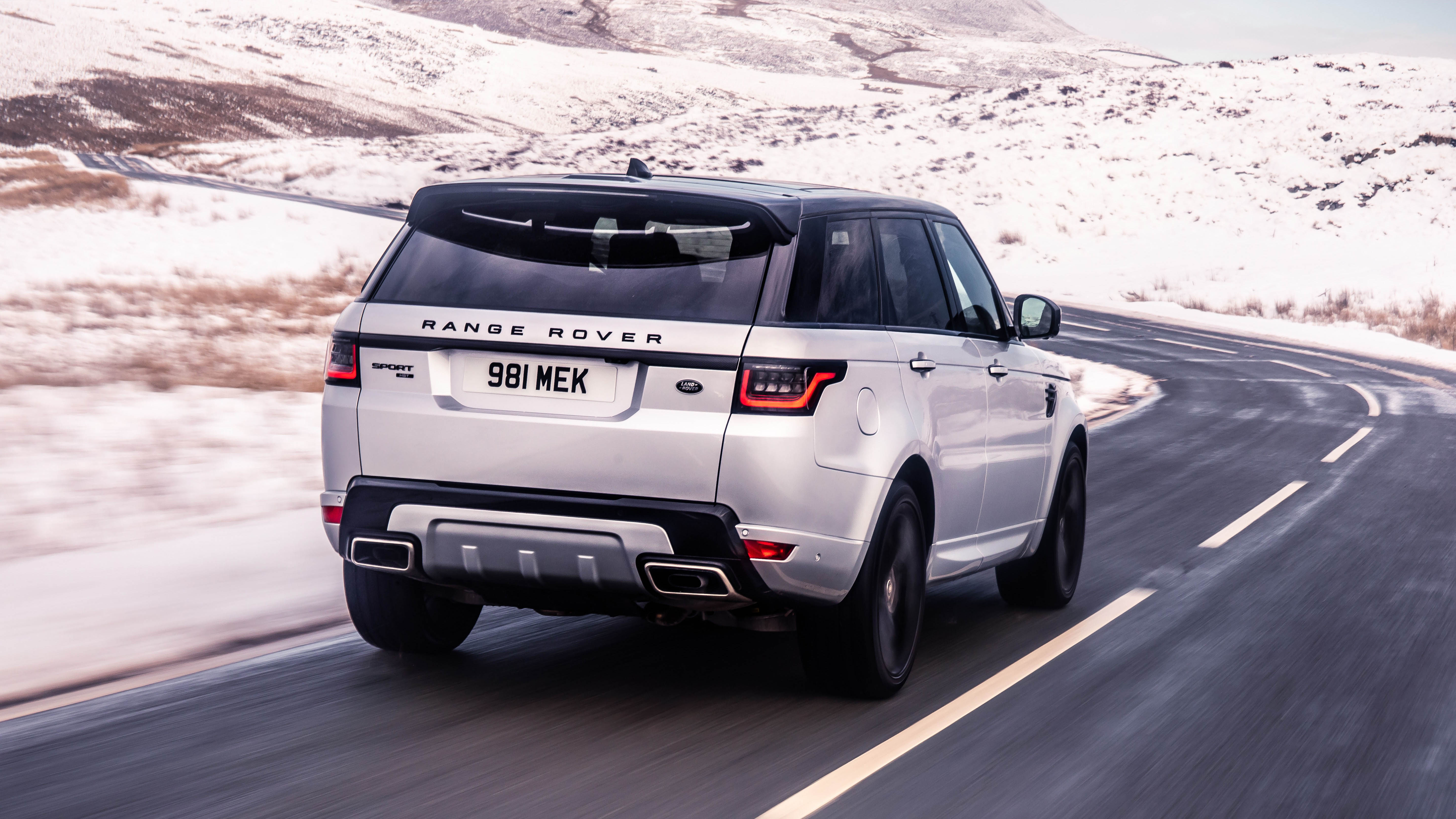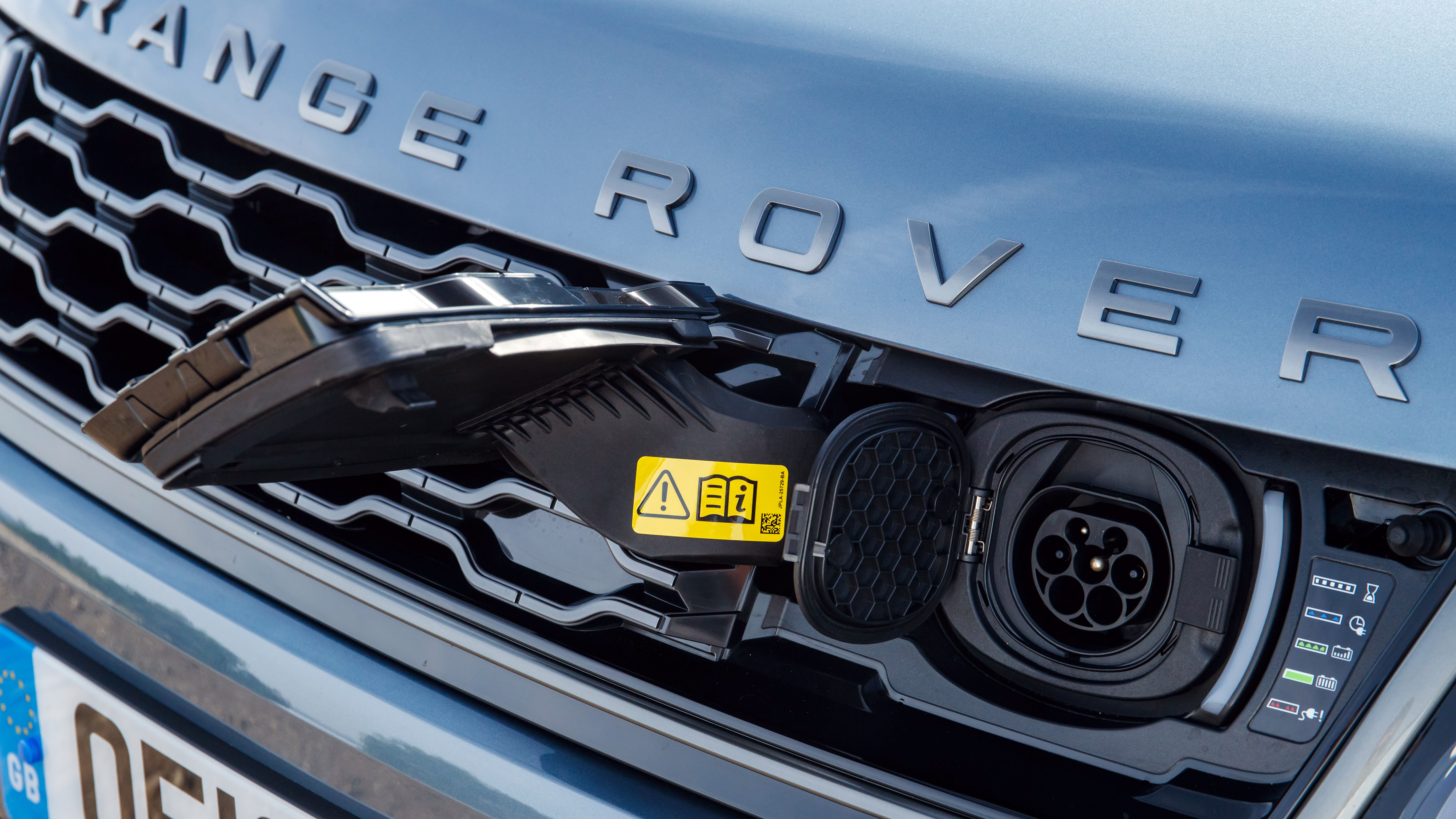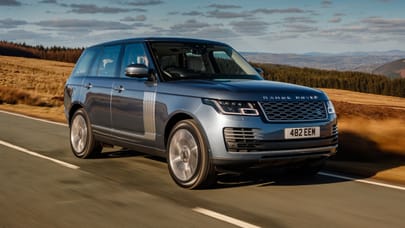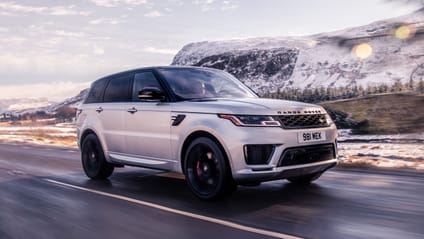
Good stuff
Refined and comfortable long-distance GT, more spacious than before, excellent off-road, better build quality
Bad stuff
Touchscreen-obsessed cabin tricky to use, not as dynamic as Cayenne or X5, you will be mistaken for a footballer
Overview
What is it?
Good question given the seemingly oxymoronic name. ‘The most dynamic Range Rover’, according to Land Rover. We’ll be the judge of that. But it’s all relative. This isn’t a truly road-focused SUV like a Porsche Cayenne. It’s a smaller Range Rover, with the option of seven seats (like the Discovery) and a slightly wieldier, more dynamic remit, but retaining much of the stately upright-ness and off-road prowess of the full-fat Range Rover. The Sport looks meaner, and generally costs around £15,000 less than the big daddy Rangie (although that may be about to change, read on for more).
In recent years the RRS has had its territory eaten into significantly by the lower, more stylish Range Rover Velar, but improvements to the Sport have kept it competitive in a fiercely fought class.
Isn’t there a new full-size Range Rover now?
Congratulations! You win 25 Internet points. And no, they aren’t some kind of cryptocurrency worth billions of pounds.
We’ve actually driven the new Range Rover already – click these blue words for the full review. That does mean there’s likely to be a new Sport at some point in the near future too. Expect similarly minimalist styling and plenty of tech on the inside. For now though, we’ll focus on what you can actually buy here in the UK.
Tell me more about this second-gen Sport, then…
Introduced in 2013 and facelifted in 2018, the Sport uses the same aluminium construction as the now previous full-fat Range Rover, meaning it’s far lighter than its first-gen sibling: 400kg model-for-model, in fact. Though it’ll live on the road, the Sport can do the business off tarmac as well: it’ll wade through 85cm of water, and boasts far greater axle articulation and wheel travel than the Audi Q7.
How will I tell the difference between pre and post-facelift?
You’ll spot the tweaked, facelifted Range Rover Sport coming towards you with its squared-off LED lights and intakes, and inside it’s the buttonless, touchscreen-covered cockpit that gives away the latest version. You might not have heard it coming at all, given Land Rover also got round to introducing a plug-in hybrid version, titled P400e, in 2018, complete with a 400bhp output and claimed economy of 100mpg and 64g/km of CO2.
Meanwhile, the performance variant from Special Vehicle Operations – the bonkers SVR – was treated to another 25bhp and a carbon fibre bonnet, plus optional orange paint, in so doing actually breaking the industry measurement device for vulgarity on four (enormous) wheels. If you’ve ever wondered what the lovechild of a Jaguar F-Type and a monster truck would look and drive like, wonder no more.
What engines can I have then?
There’s a choice of four-, six- and eight-cylinder engines, most of which get some form of electrical assistance these days. Power ranges from 246bhp in the base spec D250 to 567bhp in the wild SVR.
While all versions get four-wheel drive, the off-road nous of Terrain Response 2 isn’t standard across the models. Basically, you spec the car depending how much time, if any, it’ll spend off-road, and how you’ll drive it on the road. Seven seats aren’t standard either, to gap the RRS from the ever-more luxurious Discovery.
The range now starts with the HSE Silver (£71,650), and rises in prices and spec through HSE Dynamic (horrid bodykit, avoid), HSE Dynamic Black and Autobiography Dynamic to the SVR, complete with its certifiable 5.0-litre supercharged V8. That was the first RRS to cost over £100k pre-options, but with a trigger-happy box-ticking hand, plenty of the lesser models will ascend to those financial heights too…
Our choice from the range

What's the verdict?
The Range Rover Sport has one of the broadest repertoires of any large SUV. It’s just about wieldy enough to be entertaining, it remains convincingly luxurious and its tech updates in 2018 added a welcome dose of modernity to a car that has lagged behind its German rivals' onslaught of gadgets in the past.
You don’t need a V8 to sample it at its absolute best – though money no object, the frankly bonkers SVR is a fabulous answer to the ‘all the car you’ll ever need’ debate. And a right old ear-pleaser too.
The sweet spot remains the diesels, though, which will do us just fine. Once you’ve got yours, in a sensible, un-gawdy spec on handsome wheels and sans bodykit, don’t drive like a Premier League centre forward and you’ll do wonders for the reputation of Range Rover Sport drivers as you waft along.
The Rivals
Trending this week
- Car Review
BMW 1 Series




